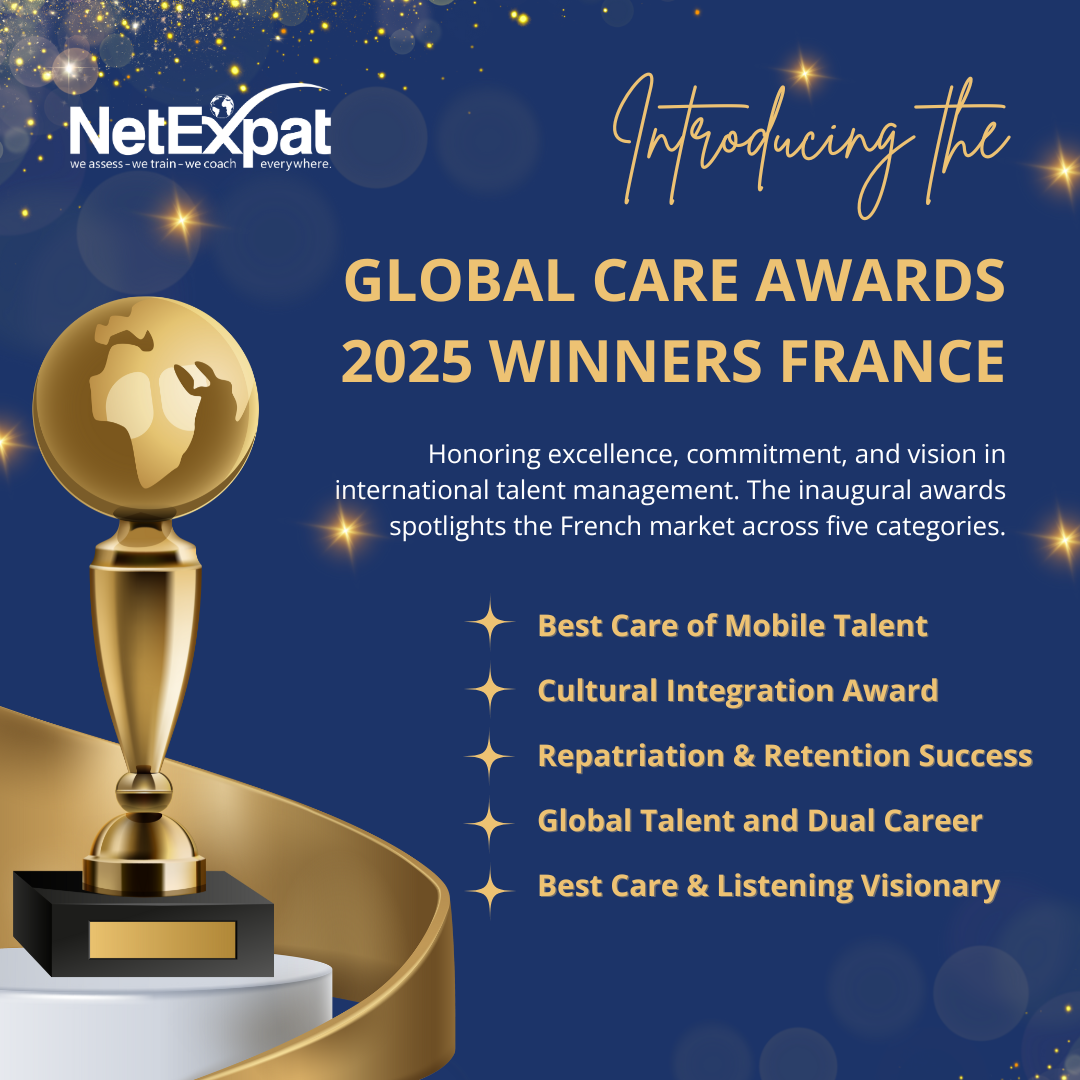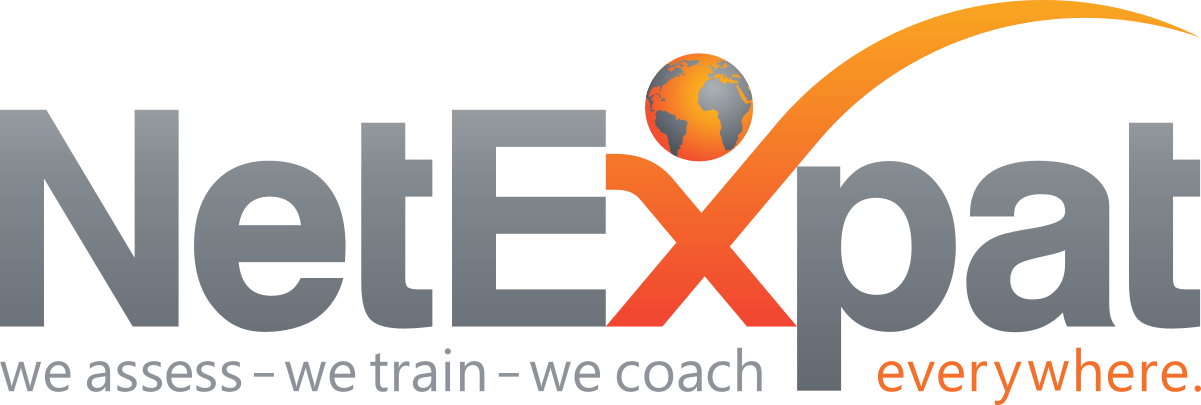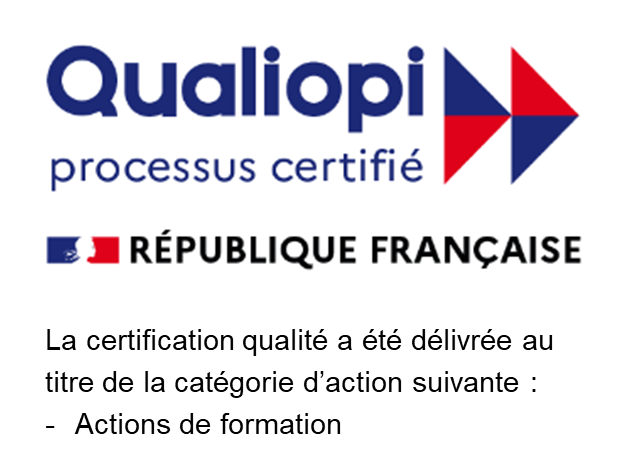DEI and Intercultural Training: Best Practices For Talent Acquisition And Global Mobility

The concept of diversity, equity, and inclusion (DEI) has become a growing topic of conversation in business markets: why it’s important, best practices to consider when designing an effective program, and the benefits to both employees and employers when a DEI program is implemented effectively. This blog post will examine each of these considerations – as well as some areas where DEI and intercultural training intersect with talent acquisition and global talent mobility.
Why focus on DEI?
As the world becomes increasingly complex and advancements in technology grow at surprisingly exponential rates, global workforces and markets are becoming more diverse across cultures and borders. How can organizations best keep up? By tapping into the rich, diverse experiences, skillsets, and perceptions of the workforce they already have – and keeping DEI in mind when recruiting their employees of the future. After all, what better way to compete in today’s market than to build a diverse, inclusive and engaged workforce that mirrors the varied demographics of the global markets businesses serve?
Focusing on DEI benefits employees by making them feel seen, heard, and valued, but all of that increased well-being also translates to increased innovation and productivity for businesses. A recent McKinsey Diversity Matters report showed that companies committed to diversity show “a 39 percent increased likelihood of outperformance for those in the top quartile of ethnic representation versus the bottom quartile.” What’s more, the more diverse and inclusive a company is, the more attractive it becomes to talented job candidates, which expands an organization’s talent pool.
Diversity alone isn’t enough
Too often, organizations assume that simply having a diverse employee population will be enough. But to reap the benefits mentioned above, employees need to be truly invested at work: they need to feel that their perceptions and skills are both valued and welcome, and to believe that they’ll have every opportunity to reach their greatest potential. To accomplish this, a focus on all three DEI pillars should be prioritized.
Put simply, focusing on diversity without also fostering equity and inclusion isn’t just counterproductive, it can also be harmful. According to Forbes, global market spend for DEI is projected to hit USD 15.4 billion by 2026. Yet with all that investment, 65% of employees don't believe their organizations value diversity and inclusion. When employees don’t feel seen and valued, morale may drop significantly, resulting in workplace burnout, feelings of being undervalued or unsafe, and/or a lack of workplace engagement – reversing the very impacts that the company is hoping to achieve.
We’re all capable of doing great things. Incorporating diversity, equity and inclusion into every aspect of a company just ensures that everyone has an equal opportunity to contribute their best and reach their highest potential. At the end of the day, that benefits employees and their employers. -- Saloni Lakhani, Associate Director, Global Mobility, Kimberly-Clark
Best practices when focusing on DEI
How can organizations bridge the gap between good intentions and positive results? To develop a truly effective DEI program, a few guiding principles should always be front-of-mind for any business:
List of services
-
DEI initiatives need to be assessed and designed from the bottom up:List Item 1
Rather than approach DEI from the top down, business leaders should always remember that an effective DEI program needs to represent and serve the workforce it’s being designed to support. Rather than make assumptions, leaders will benefit from acknowledging that they ‘don’t know what they don’t know,’ and seeking out feedback and input from their workforce itself.
To be effective, DEI programs have to be designed from the bottom up. Only by engaging with employees at every level can organizations truly get to know their diverse populations and create more effective, inclusive, and sustainable DEI initiatives." – Carlos Sarmiento, Diversity and Inclusion Director, SLB
-
DEI needs to be at the heart of all organizational functions:List Item 2
For true systemic growth to occur, the principles of DEI should be incorporated into every aspect of an organization’s goals and processes, including organizational strategy, recruiting, workforce management, vendor partnerships and global talent mobility program planning.
-
DEI principles should be modeled at all levels of the organization:List Item 3
Once DEI standards are defined, it is important that all employees participate in training provided and embody the program's guiding principles. Company leaders, from directors to C-suite executives, need to act as role models for direct reports – and third-party vendors be provided with clear expectations, since they’ll often have client-facing duties as a part of their partnership with the organization.
-
A successful DEI program depends on a clear communications plan:List Item 4
To be truly impactful, it isn’t enough to establish a DEI initiative; everyone in an organization, from interns to leadership, need to understand its importance and see it embedded in the company’s culture. To accomplish this, businesses benefit from developing clear, inclusive messaging regarding DEI principles, behaviors and action steps that will be expected of its employees, and the many opportunities and benefits that DEI efforts will bring to both employees and the organization.
A robust DEI program is only effective if managers and department leads understand its principles. Without training – and being able to effectively communicate the program’s goals and benefits to staff members – no DEI program can achieve its intended impact. – Yuki Watanabe, Head of Global Mobility, Onboarding Experience and Business Travel – Delivery Hero
And, specifically, there are many considerations to keep in mind where DEI intersects with both talent acquisition and global talent mobility:
Talent Management and DEI
Integrating Diversity, Equity, and Inclusion (DEI) into talent management initiatives is essential for enhancing organizational effectiveness and culture at every stage of the employee lifecycle. At the talent acquisition level, DEI can be a powerful tool for casting a wider net and attracting top talent from diverse backgrounds. As mentioned earlier at the talent management stage, equitable practices build an inclusive environment where all employees feel seen, valued and supported, leading to higher engagement, innovation and productivity. Succession planning also benefits us by ensuring a diverse leadership pipeline. And all of this benefits the organization: By embedding DEI into every aspect of talent management, organizations not only improve operational efficiency and workplace culture, they also strengthen their reputation as a forward-thinking, socially responsible employer – and see greater employee engagement and retention in the long run.
Talent Mobility and DEI
Mobility professionals and HR departments should always consider the ways individual identities, ableness, and cultural backgrounds impact employee/family needs when they’re relocating and settling into a new culture or location. When flexibility is built into a mobility program, equitable solutions can be provided, while minimizing costly exceptions for the organization. Those customized solutions contribute greatly to the likelihood of an assignment’s success, too, since employees worry less about their move and can focus on their jobs faster and more fully. A few examples of varying needs include:
Intercultural Training and DEI
During any intercultural relocation, equity should be a driver behind assignment planning and professional growth, regardless of job title, seniority, or assignment location. Equitable relocation practices involve providing consistent support and resources, such as comprehensive cultural training, family assistance, and career development opportunities that are customized to each employee’s (and family’s) unique needs. This approach helps avoid potential disparities and ensures that every employee, whether a junior staff member or senior executive, has an equal chance to thrive and contribute effectively in their new host location. By prioritizing equity in global assignments and basing access to support on need, organizations demonstrate a commitment to fairness, caring and inclusivity, which leads to increased employee trust, satisfaction, and loyalty. The result is a more motivated and engaged workforce that drives innovation and productivity, ultimately benefiting the employer's bottom line.
In a recent NetExpat poll, when asked whether organizations should offer L&D and intercultural training to all employees during permanent and local plus moves, every participant – 100% – answered, “Yes.”
To learn more about how NetExpat can help your organization meet its DEI goals, particularly where those goals intersect with talent management and global talent mobility, contact us at
info@netexpat.com
Share this post

















